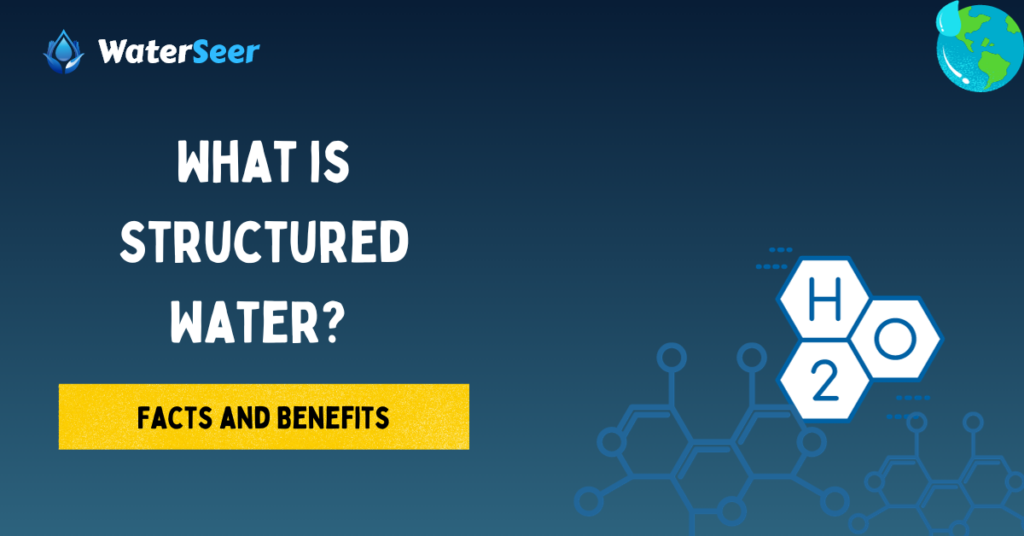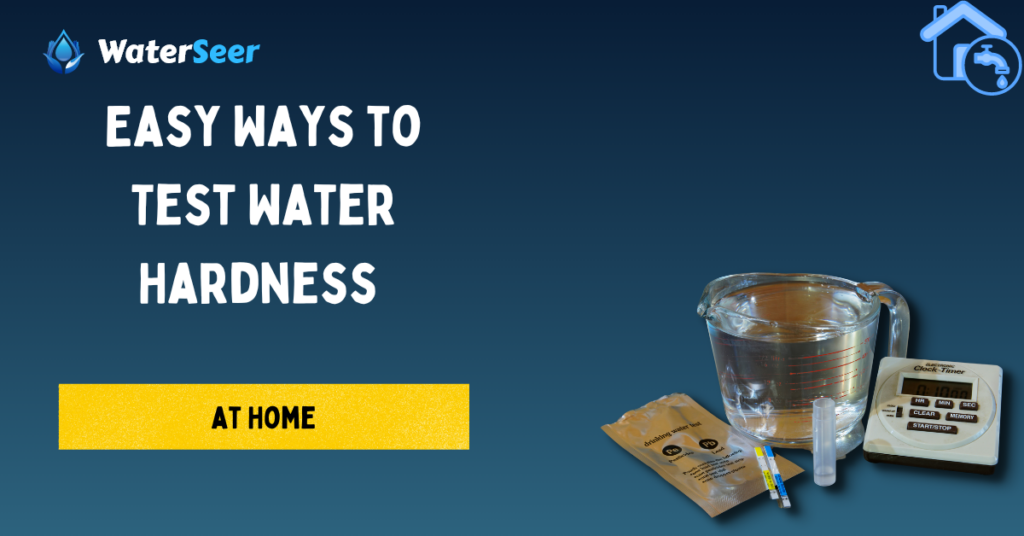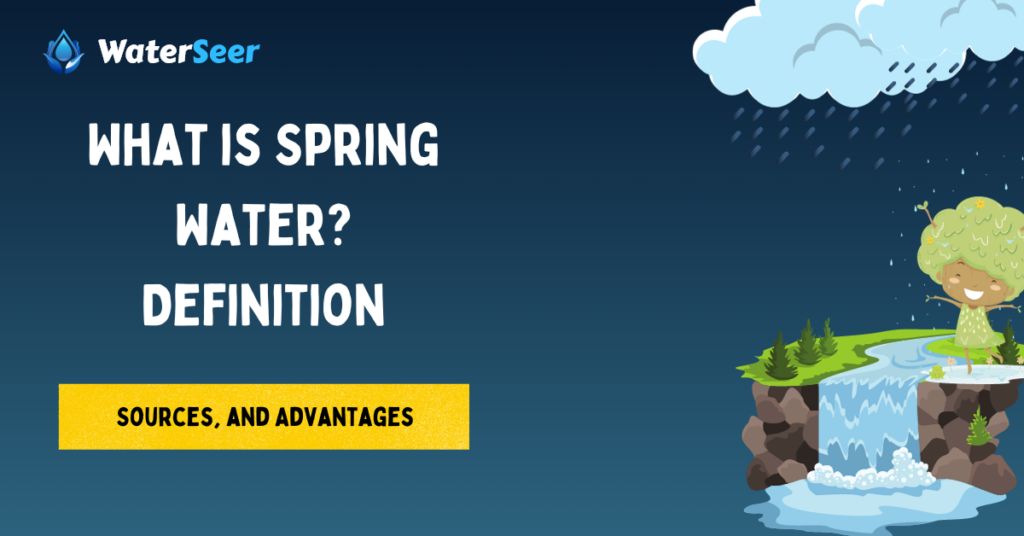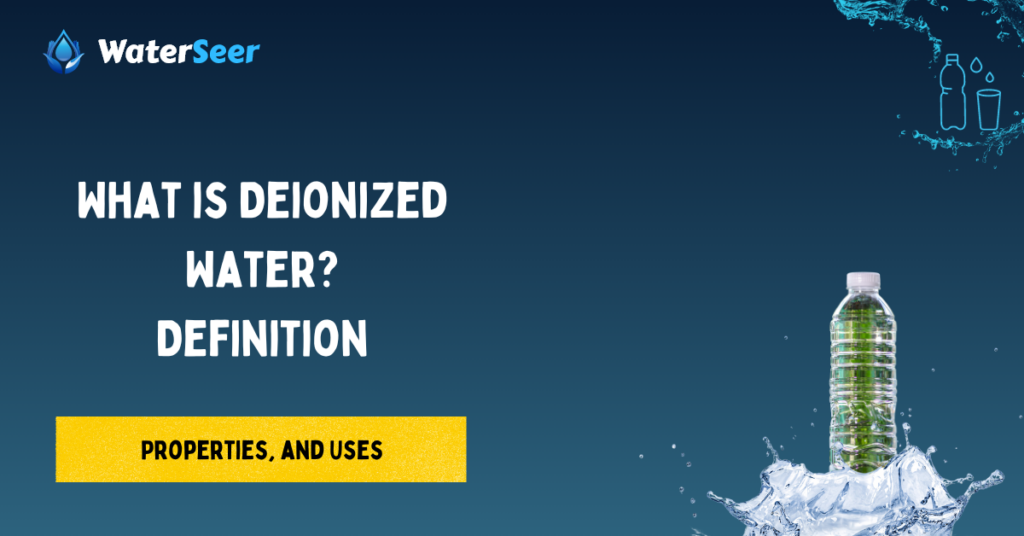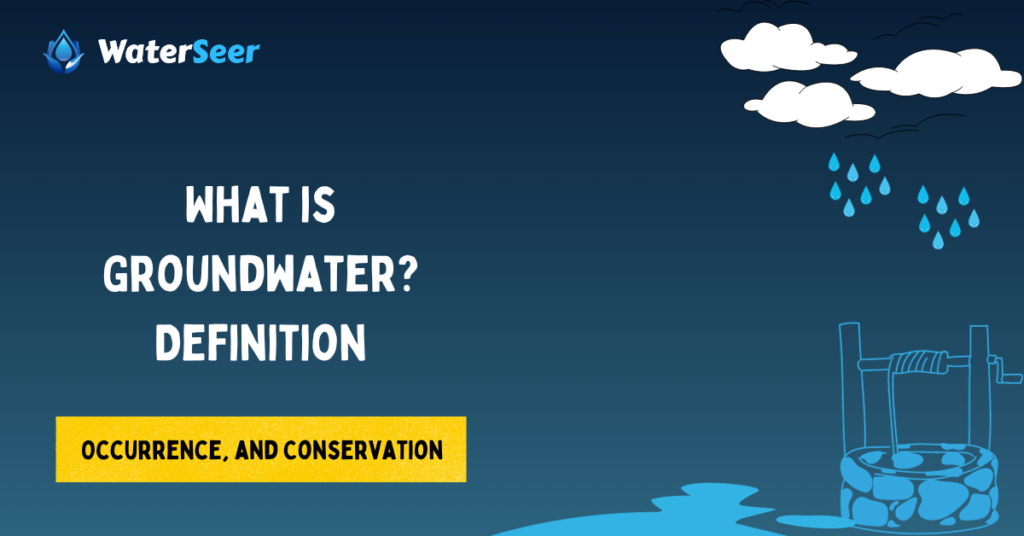
WATER FILTER SYSTEM REVIEWS & GUIDES
Internet’s largest resource on water filtration and clean drinking water initiative!
WATERSEER.ORG IS COMMITTED TOWARDS ENSURING CLEAN AND HEALTHY DRINKING WATER FOR EVERY HOME

about us
Healthy Drinking Water for You & Your Family
At WaterSeer.org, we give you the best info on healthy drinking water need for you and your family. From water filter installation to fixing the minor issues on your water filter, or about the different types of water filters to suit your requirement, we have got it all.


LATEST ARTICLES
What is Structured Water? Facts and Benefits
Easy Ways to Test Water Hardness at Home
5 Effective Ways to Remove Hard Water Stains
What is Spring Water? Definition, Sources, and Advantages
What is Deionized Water? Definition, Properties, and Uses
What is Groundwater? Definition, Occurrence, and Conservation
Join Our Newsletter
Join our newsletter to get daily updates on the water filtration systems, the latest product launch, health-related issues connected with water, and many more. Just click on the subscribe button to be a part of our group.

![Best Under Sink Water Filter System Reviews – [2022 Report]](wp-content/uploads/2022/02/Best-Under-Sink-Water-Filter-System-Reviews-–-2022-Report-1024x536.png)


